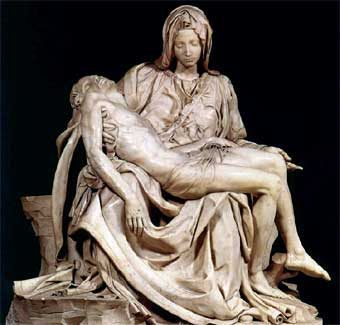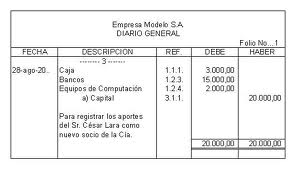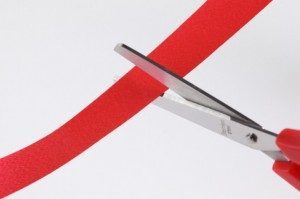 The upper limbs, commonly called arms, consist of three parts: the shoulder, the arm, and the forearm.
The upper limbs, commonly called arms, consist of three parts: the shoulder, the arm, and the forearm.
These structures contain a series of bones that give shape and support to the regional muscles, thus allowing them to carry out the different movements.
Shoulder bones
The shoulder region allows the union of the upper limb to the trunk. There are two bones, the scapula and the clavicle, the upper part of the humerus is also involved, which corresponds to the bone located in the arm.
Clavicle. The clavicle is an elongated bone, with two curvatures that give it a shape similar to that of the letter "S". This bone is located in the front of the shoulder and chest. It joins the anterior part of the sternum, a bone located in the anterior part of the rib cage, and its posterior part to the scapula, forming the acromio clavicular joint. This joint allows lifting movements of the arm above the head.
Scapula. It is also known as the shoulder blade. This bone is located at the back of the shoulder, being placed on the ribs in such a way that it can slide over them, in its anterior part it articulates with the clavicle through an extension called the acromion. In its external part it contains a depression called the glenoid cavity through which it articulates with the head of the humerus, forming the glenohumeral joint that allows flexion, extension and rotation of the arm.
Arm bones
The arm is the part of the upper limb that is located between the shoulder and the elbow.
This structure contains a single bone: the humerus, this is the longest bone of the upper limb. Its upper part is bulky due to what is called the head of the humerus, it joins the scapula to form the glenohumeral joint. Its lower part has two bulging structures, one on each side, with which it articulates with the ulna and radius, thus forming the elbow joint.
Forearm bones
The forearm is the lower part of the upper limb, it is located between the elbow and the wrist.
The forearm contains two bones, the ulna, also called the ulna, and the radius. These join the upper part of the humerus, in the lower part they articulate with the bones that make up the wrist known as the carpal bones.
 The presence of these two bones allows a turning movement of the hand to be carried out by bringing the palm of the hand forward (called supination) and backwards (called pronation).
The presence of these two bones allows a turning movement of the hand to be carried out by bringing the palm of the hand forward (called supination) and backwards (called pronation).
Bones of the hand
The hand is a complex structure consisting of 27 bones distributed as follows:
Carpus. It corresponds to the wrist and contains 8 bones distributed in two rows.
Metacarpus. It contains 5 bones called metacarpals.
Fingers. There are some small bones called phalanges, the index, middle, and little fingers have 3 phalanges while the thumb contains only two, making a total of 14 phalanges in each hand.
Photos: Fotolia - Ching / Double Brain









